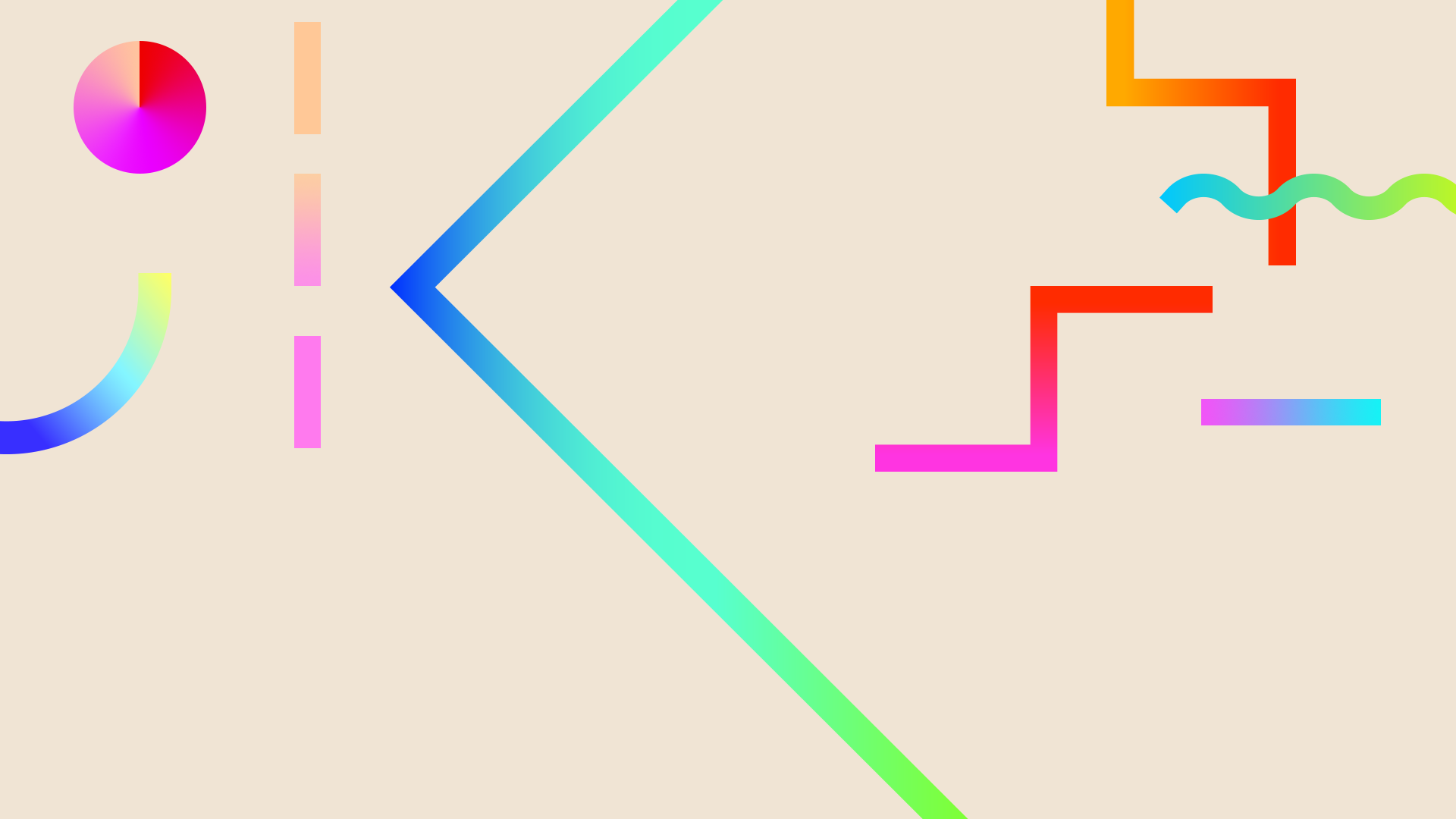10 Inspiring artists
- Catherine Aspin

- Dec 4, 2015
- 4 min read
I am working on a project at the minute based on optical illusions and Trompe L'oeil, Ive picked out 10 artists who are inspiring to me
William Scrots - I picked this classical painters work of Portrait of Edward VI as an example of the anamorphisis I am interested in, the work is painted in such a way that can differ depending on what angle you view it from. Straight on the portrait seems stretched but when viewed from the right It can be seen as a 'normal' view.
Holbein - Another amazing example of early use of anamorphisis, just like the previous painting by Scrots, The Ambassadors by Holbein was painted in the end of the 16th Century.
When viewed from straight on it seems like a perfectly normal painting but when stepping to the right the viewer can see a skull emerging in the middle of the painting.
This was known as Vanitas, the luxuries in life were important to the middle class people when portraits were done, people included things such as fresh fruit and food and jewels in portraits to show people viewing the painting that they had alot of money, the vanitas side is to have something representing death hidden within the painting which is in this case a skull.
Vanity is exclusively important in life to them but death is always going to happen to everyone.

3. I find it really interesting that such a concept was shown within work even in 1455, the earliest record of the use of anamorphisis was from Leonardo Da Vinci, in his work Leonardos eye.
I really like how simple yet beautifully effective the piece is, it looks like its almost been done by an accident which is how alot of great artworks happen. I also like how this is the earliest record of this type of anamorphisis meaning other great artists were inspired by this scratchy sketch.

4.Salvador Dali - I love how weird and wonderful his paintings are, he also has done anamorphic paintings such as the anamorphic image of a harlequin, but the one that caught my eye was The persistence of memory, it completely sells itself in terms of 'Trompe L'oeil' which means to trick the eye, it could also be used as a Vanitas painting, shown by the decay of the ants all over the bottom clock, the death of time.
The melting clocks were down to Dali's interest in softness and hardness of objects at that time and using opposites.

5. Escher - most famous for his woodcuts and wood engravings, Cornelius Escher is seen as the founder of geometrical mathematical illusions.
His tesselations are very intereting to look at and I really like the repetition.
My favourite is his woodcut called Three worlds and was inspired by a walk he had over a bridge, he found 3 worlds in which the real world was reflected into other dimensions for example into the water. Its a very unusual yet intriging piece to view, impossible to work out.

6. Duchamp - Marcel Duchamp was interested in shapes and geometry, alot of his work uses Cubism to create people and objects in an unusual way. A piece that caught my eye was Nude descending a staircase no.2 its almost impossible to tell what the painting is but it looks very 3D. I really like how oil on canvas from 1912 has been used yet it looks very modern and electronic. I took from this the idea that I could create something or resuse something to look totally different. Another hobby of Duchamps was to recycle paintings or objects he already had into new artworks.

7. Rob Gonsalves - A Canadian magic surrealism painter, I really admire how creative and intriging his work is, he paints posters to inspire people to believe in the impossible.
My preffered work of his is his use of archways in paintings to make it seem that there is no end to the arches which become an object, for example the ships in his piece The sun sets sail

8. Irene Brown - A local artist who used mirrors in one of her installations called FOLLY to create what seems like a never ending image of yourself and others, which were reflected into each image and then again and so on. Ive been interested in this concept from when I was a child visiting fun houses in amusement parks and looking up illusions on the internet, I am also really interested in how the human eye percieves things and how we can trick it.
I therefore find this sculpture mesmorising.

9. Edgar Mueller - A street artists from Germany who uses chalk and paint to create enormous art on the pavements and roads of the city. I really like how he creates an amazing depth of perception which isnt actually there Its completely illusory and incredible. This piece is called Tribute to mount Fiji.

10. Stefan Pabst- A russian painter who creates realistic pieces of artwork using an oil dry brush. His paintings are so realistic that viewers often mistake them for acutal objects. Again just like Escher I love the black and white option that Pabst goes for.





















Comments